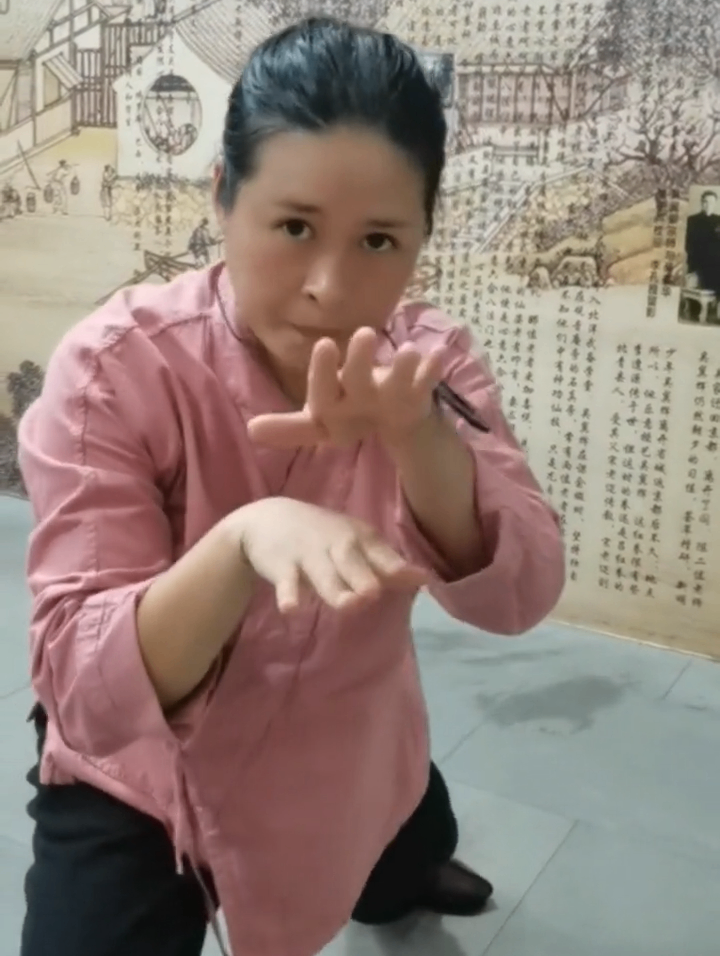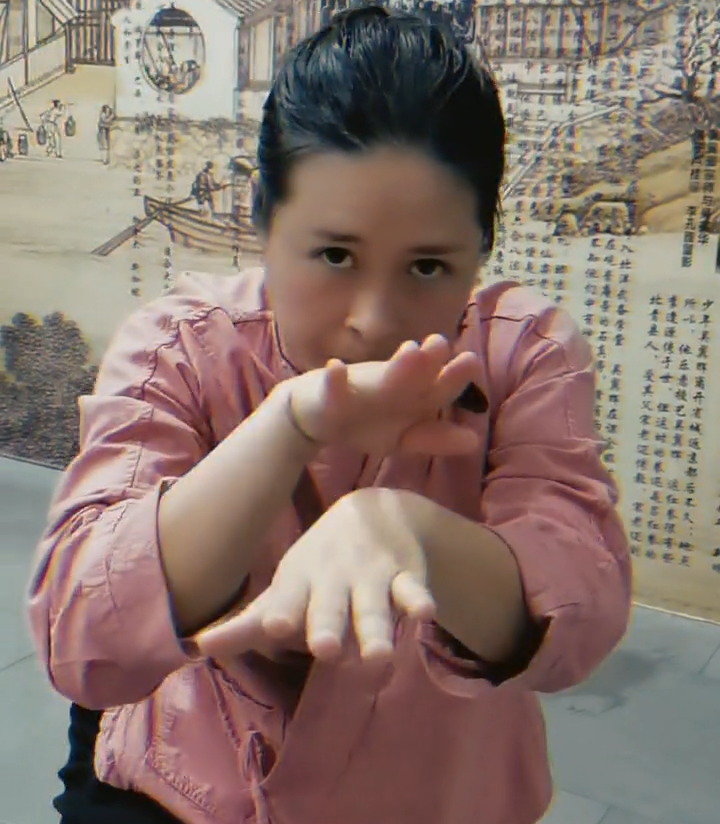The Daoist Legacy: "Liù Hé" – The Six Harmonies as Foundational Essence
The term "Liu He " (六合) has deep roots in Daoist cosmology . Traditionally, it signifies the "Six Directions" – the all-encompassing spatial dimensions of the universe (front, back, left, right, above, below), often poetically referenced as "Fang Zhi Mi Liu He" (放之弥六合 – Expanding to Fill the Six Directions). In Liu He Ba Fa Quan, however, this grand cosmic concept is internalized. The "small universe" is the practitioner's own body-mind-spirit complex. The Six Harmonies describe a sequential progression of internal integration leading to spontaneous action:
体合于心 (Tǐ Hé Yú Xīn) - Body Harmonizes with the Heart/Mind: This is the foundational step. The physical structure, posture, and movements must be perfectly aligned and responsive to the intentions arising in the mind/heart (Xin). There is no disconnect; the body is an obedient, finely tuned instrument of the conscious will.
心合于意 (Xīn Hé Yú Yì) - Heart/Mind Harmonizes with the Intention/Will: The conscious thoughts and emotions (Xin) must refine and coalesce into a singular, focused intention (Yi). Yi is the directed will, the commander issuing clear orders. Distraction dissipates; clarity of purpose prevails.
意合于气 (Yì Hé Yú Qì) - Intention Harmonizes with the Vital Energy: The focused intention (Yi) must seamlessly connect with and guide the flow of Qi (vital life force). Yi leads Qi; Qi empowers the intention. This is the core of internal power generation – mind directing energy.
气合于神 (Qì Hé Yú Shén) - Vital Energy Harmonizes with the Spirit: As Qi flows powerfully and smoothly under the guidance of Yi, it nourishes and merges with the deeper consciousness, the Spirit (Shen). Shen represents awareness, presence, and the higher aspect of consciousness. Energized Qi elevates the Spirit.
神合于动 (Shén Hé Yú Dòng) - Spirit Harmonizes with Movement: This elevated, energized Spirit (Shen) now infuses and guides every physical movement. Action is no longer merely mechanical but becomes an expression of integrated consciousness and energy. Movement is imbued with awareness and purpose.
动合于空 (Dòng Hé Yú Kōng) - Movement Harmonizes with Emptiness/Void: This is the apex, the most profound and often elusive harmony. "Kong" (空) signifies "Emptiness," "Void," "Wu Wei" (无为 – non-action, or effortless action), or the ultimate state of stillness within motion. Movement becomes so natural, spontaneous, and perfectly responsive that it seems to arise from stillness itself. The practitioner acts without premeditation, reacting instantaneously and appropriately like a reed bending in the wind, achieving a state of "seeming movement yet non-movement" (似动非动). This is the gateway to spontaneous, instinctive mastery and the sublime "Hua Jing" (化境 - transformed state or highest level of skill) .
The progression from Body→Mind→Intention→Qi→Spirit→Movement→Emptiness represents a journey of profound internal alchemy , transforming gross physicality into refined, spontaneous, and supremely effective action rooted in stillness. This is the "Ti " (体 - Essence, Foundation) of Liu He Ba Fa Quan.
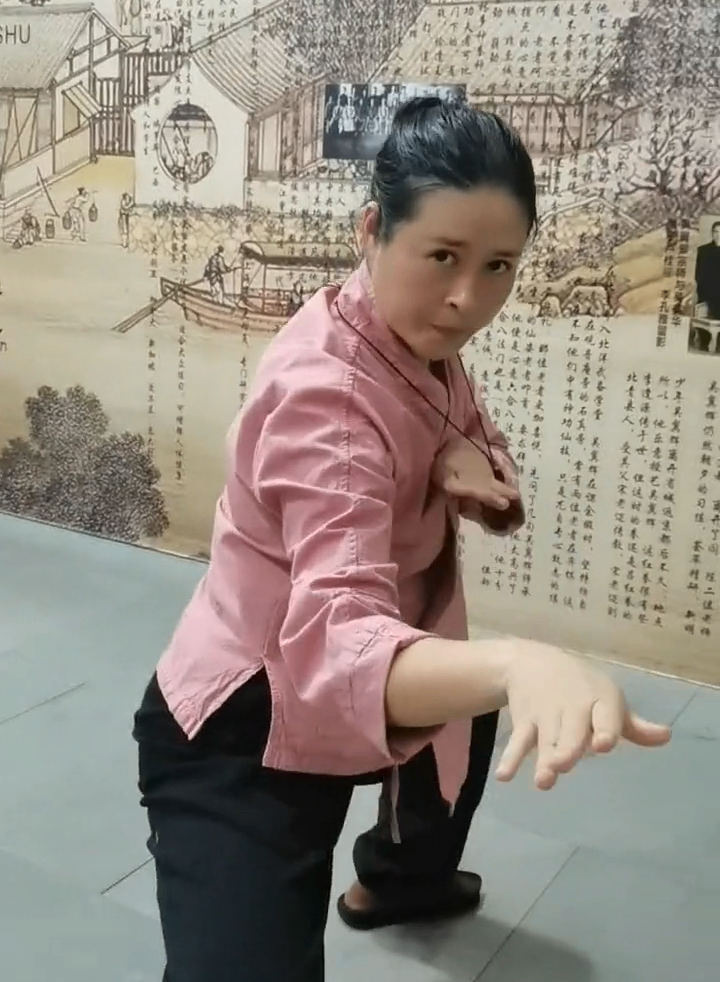
The Practical Manifestation: "Bā Fǎ" – The Eight Methods as Functional Application
If the Six Harmonies represent the internal state and journey, the Eight Methods (Ba Fa - 八法) constitute the practical expression and application ("Yong" - 用) of that internal cultivation. They are the functional principles governing movement, strategy, and energy utilization:
气 (Qì) - Energy: "行气集神" (Xíng Qì Jí Shén) - Circulating Qi, Gathering Spirit:
Focus: Cultivation and circulation of Qi along proper pathways (meridians).
Application: Using focused breath and intention to gather energy and concentration (Shen), directing it for power generation, healing, or heightened awareness. The foundation for all internal power.
骨 (Gǔ) - Bone: "骨劲内敛" (Gǔ Jìn Nèi Liǎn) - Bone Strength Internally Contained:
Focus: Developing deep, integrated power rooted in proper skeletal alignment and structure.
Application: Power is generated from the bones and connective tissues, directed inward and stored, manifesting as grounded stability, penetrating force, and resilience – like steel wrapped in cotton. Avoids brute muscular tension.
形 (Xíng) - Form: "化象模仿" (Huà Xiàng Mó Fǎng) - Transforming Image, Imitating/Emulating:
Focus: Movement inspired by and embodying the qualities of natural phenomena or animals.
Application: Forms mimic the fluidity of water, the lightness of clouds, the power of a tiger, the alertness of an eagle. This cultivates adaptability, natural flow, and diverse expressions of power. It's principle-based imitation, not literal copying.
随 (Suí) - Follow/Adapt: "圆通策应" (Yuán Tōng Cè Yìng) - Circular Penetration, Tactical Response:
Focus: Circularity, yielding, and seamless adaptation.
Application: Responding to force with circular movements that neutralize and redirect, never meeting force head-on. Emphasizes sensitivity (Ting Jin), adhering, sticking, and flowing with the opponent's energy to control and counter. The essence of softness overcoming hardness.
提 (Tí) - Lift/Suspend: "顶悬虚空" (Dǐng Xuán Xū Kōng) - Crown Suspended in Empty Space:
Focus: Alignment and energetic elevation.
Application: Maintaining a posture where the crown of the head feels gently suspended upwards, aligning the spine, creating internal space, promoting Qi flow, and fostering light, agile movement. Key for balance, rooting, and lightness (Qing Gong principles).
还 (Huán) - Return/Circulate: "往来返复" (Wǎng Lái Fǎn Fù) - Coming and Going, Returning Repeatedly:
Focus: Continuous, cyclical flow of energy and movement.
Application: Techniques and energy move in circular, looping, or spiraling paths, ensuring no energy is wasted. Attacks return to guard, energy flows continuously (e.g., Microcosmic Orbit), movement is economical and perpetually ready. Represents the cyclical nature of Yin and Yang.
勒 (Lè) - Rein In/Restrain: "静定守虚" (Jìng Dìng Shǒu Xū) - Stillness and Stability, Guarding Emptiness:
Focus: Cultivating stillness, calmness, and internal quietude (Xu).
Application: The ability to instantaneously gather and contain energy internally, appearing calm and still even amidst potential action. Economy of movement, avoiding telegraphing, maintaining composure. "Guarding Emptiness" means preserving the potential for spontaneous response from a state of non-anticipation.
伏 (Fú) - Submerge/Conceal: "隐现藏机" (Yǐn Xiàn Cáng Jī) - Hidden Appearance, Concealing Mechanism/Intention:
Focus: Strategic concealment and revelation.
Application: Hiding one's power, intent, or next move until the decisive moment. Movements can be subtle, deceptive, or suddenly explosive. Like water hiding depth or a predator concealing its strike. Essential for surprise and overcoming stronger opponents.
These Eight Methods are not isolated techniques but interwoven principles applied simultaneously within the fluid movements of the system. They guide the practitioner in how to move, respond, and express the internal state cultivated through the Six Harmonies.
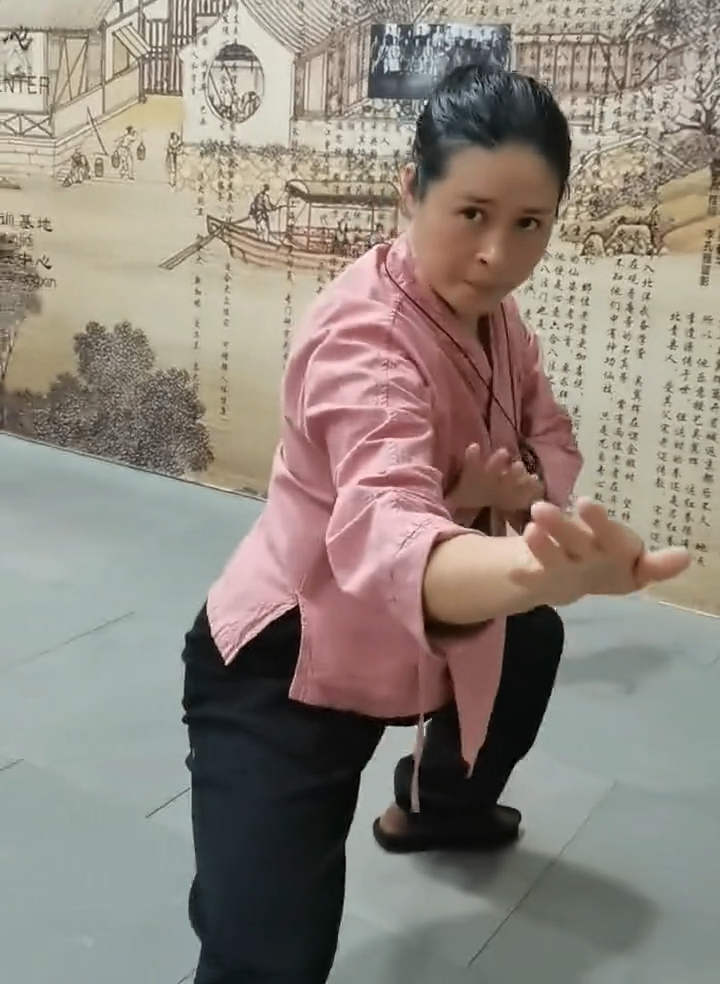
The Unified Principle: "Liù Hé Wéi Tǐ, Bā Fǎ Wéi Yòng" – Six Harmonies as Essence, Eight Methods as Application
This phrase is the core tenet of Liu He Ba Fa Quan. It defines the relationship between its two pillars:
"Liu He Wei Ti" (六合为体): The Six Harmonies constitute the essence, the foundation, the internal state ("Ti"). They represent the cultivation of the inner landscape – the integration of body, mind, energy, spirit, and ultimately, the connection to the void (Kong). This is the source, the root from which everything flows.
"Ba Fa Wei Yong" (八法为用): The Eight Methods are the functional application, the expression, the practical utility ("Yong") derived from that internal state. They are how the cultivated harmony, energy, and spirit manifest in movement, strategy, self-defense, and interaction with the external world.
The body (Ti) and its function (Yong) are inseparable. Without the deep internal cultivation of the Harmonies, the Eight Methods become superficial techniques lacking true power and depth. Without the practical application of the Eight Methods, the internal cultivation remains abstract and unrealized potential. True mastery lies in the perfect unity of Ti and Yong – internal harmony expressed as effortless and effective action.

Cultivation and Benefits: Achieving the Daoist Ideal in Motion
Practicing Liu He Ba Fa Quan is a journey encompassing:
Forms (Taolu): Sequences that train the coordination of the Six Harmonies and Eight Methods, developing flow, balance, power transitions, and spatial awareness. These forms are moving meditations.
Qigong & Neigong: Foundational exercises focusing on breath control (Tu Na), Qi circulation, standing postures (Zhan Zhuang) to build structure, root, and internal energy.
Partner Work (Tui Shou, etc.): Developing sensitivity (Ting Jin), yielding, adhering, and applying the principles of Sui (Adaptation) and Huán (Return) in a dynamic context.
Martial Application: Understanding how the principles translate into effective self-defense – using structure (Gu), yielding (Sui), sudden power (Fu), and continuous flow (Huán).
Meditation and Internal Focus: Cultivating stillness (Le), spirit (Shen), and connection to emptiness (Kong).
The benefits are holistic:
Physical: Improved balance, coordination, flexibility, joint health, internal strength, and relaxed power. Promotes longevity.
Energetic: Enhanced Qi flow, vitality, and resilience. Balances the body's internal systems.
Mental/Emotional: Sharpened focus, heightened awareness, reduced stress, emotional calmness, and mental clarity.
Martial: Develops effortless power (Fa Jin rooted in Qi and Gu), sensitivity, adaptability, spontaneity, and strategic depth.
Spiritual: Fosters a sense of inner peace, connection to Daoist principles (Wu Wei, Ziran - naturalness), and the experience of being an integrated "small universe."
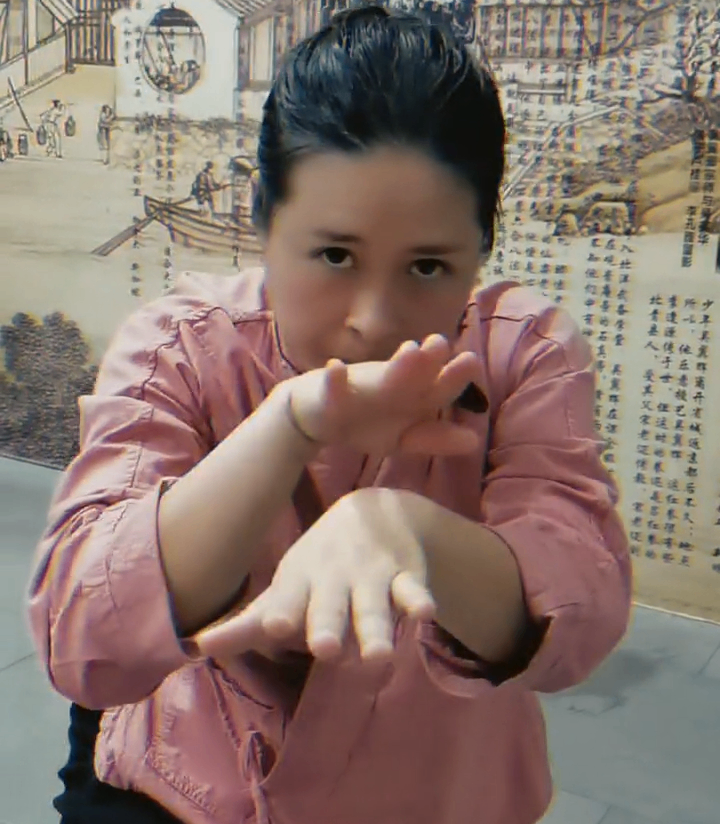
Preserving an Anhui Treasure: Liu He Ba Fa Quan Today
As a traditional art from Anhui Province , Liu He Ba Fa Fa Quan carries the cultural and philosophical heritage of its birthplace. While perhaps less globally recognized than Taijiquan or Baguazhang, it is preserved and practiced by dedicated lineages worldwide. Learning it requires a patient teacher who understands both the deep internal principles and the martial applications. It appeals to those seeking a profound martial art deeply connected to Daoist internal alchemy , offering a path to cultivate not just fighting skill, but integrated well-being and spontaneous, effortless action (Ziran) – truly manifesting the Daoist microcosm ("Xiao Tian Di") within the practitioner.
In conclusion, Liu He Ba Fa Quan is far more than a collection of techniques. It is a sophisticated Daoist moving philosophy . Through the disciplined practice of integrating the Six Harmonies (Liu He) internally and expressing them via the Eight Methods (Ba Fa) externally, the practitioner strives to achieve the ideal of "Dong He Yu Kong " – movement harmonized with emptiness, where action arises spontaneously from stillness, embodying the ultimate principle of Wu Wei and the transformative state of Hua Jing . It stands as a testament to the depth and wisdom inherent in China's traditional internal martial arts heritage .
